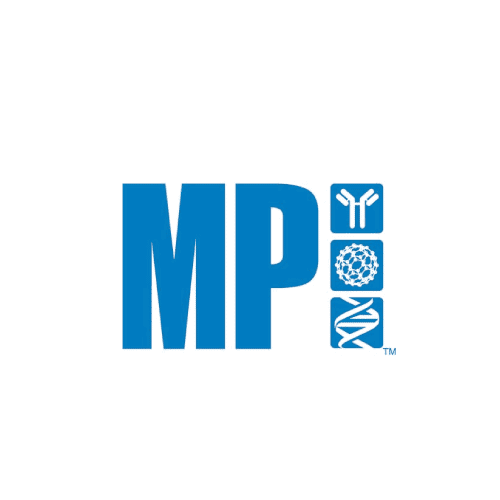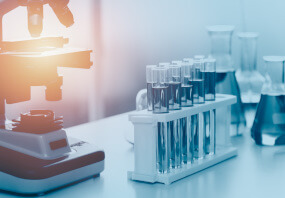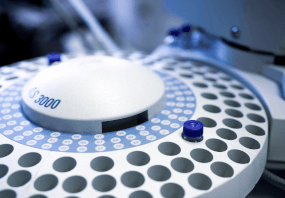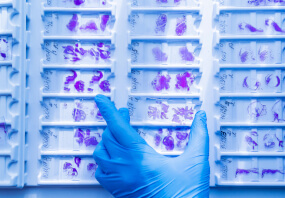General description
Bioassay: 350-450 units/mg Hygromycin B. 106 units is equivalent to ~900 mg.
Hygromycin B, an aminoglycoside antibiotic, inhibits the growth of prokaryotic and eukaryotic microorganisms and mammalian cells. Specifically, it inhibits protein synthesis by interfering with translocation of the 70S ribosome and inducing misreading of the mRNA template (Dean, N., Gonzalez, A., et al., Rao, S.N., et al.). Hygromycin B has been used to select mutants in a wide variety of cells including bacteria (Bilang, R., et al., Salauze, D., et al.), protozoans (Lee, M.G-S., and Van der Ploeg, L.H.T.), yeast (Perlin, D.S., et al.), fungi (Cullen, D., et al., Kronstad, J.W., et al., Egelhoff, T.T., et al., Leslie, J.F., and Dickman, M.B., Bulte, L., and Bennoun, P.), plants (Dean, N., Damm, B., et al., Rikkerink, E. H., et al., Sugimoto, K., et al.), and mammalian cells (Crespi, C.L., et al., Giordano, T.J., and McAllister, W.T., Hubbard, S. C., et al.).
Resistance to Hygromycin B is conferred by a gene coding for a phosphotransferase that phosphorylates Hygromycin B, thereby inactivating it (Bilang, R., et al., Malpartida, F., et al.). Hygromycin B is known to selectively penetrate cells that have been rendered permeable by virus infection. This, combined with its potency in inhibiting translation, makes it an effective antiviral agent (MacIntyre, G., et al., Zhou, J., et al.).
The analytical data listed below will vary from lot to lot.
Bioassay: 350-450 U/mg
Concentration: 444,600 U/ml; 394 mg Hygromycin B/ml
Density: 1140-1155 mg/ml
% solids: 34.6%
Fill volumes:
100,000 U = 225 µl
1,000,000 U = 2.25 ml
10,000,000 U = 22.5 ml
250,000 U = 562 µl
5,000,000 U = 11.25 ml
Supplied with a directional insert. Note: 1 KU = 1000 units; 1 MU = 1,000,000 units.
Unique aminoglycoside antibiotic that inhibits the growth of prokaryotic (bacteria) and eukaryotic microorganisms (yeasts) and mammalian cells. Inhibits protein synthesis at the translocation step on the 70S ribosome and causes misreading of the mRNA. Hph, a gene from E. coli, encodes resistance to hygromycin B and can be isolated and cloned by recombinant DNA techniques. This hygromycin B-resistance gene is particularly useful for identification or selection of recombinant clones in a variety of cell types. Hygromycin B penetrates cells that have been permeabilized by virus infection and can act as an effective antiviral agent.
Biochem/physiol Actions
Primary Target
growth of prokaryotic (bacteria) and eukaryotic microorganisms (yeasts) and mammalian cells
Secondary Target
protein synthesis at the translocation step on the 70S ribosome and causes misreading of the mRNA
The activity of Hygromycin B is measured in a zonal inhibition assay using Bacillus subtilis. The activity is measured relative to a reference standard.
Warning
Toxicity: Highly Toxic & Carcinogenic / Teratogenic (I)
Reconstitution
Aqueous stock solutions should be kept at concentrations of ≥50 mg/ml and can be stored at either 4°C or -20°C. Aqueous stock solutions (≥50 mg/ml) are stable for up to 6 months at 4°C or -20°C. Working solutions (<2 mg/ml) are stable for up to 1 month at 4°C.
Note: This product is highly toxic. Read enclosed MSDS before handling.
Other Notes
Dean, N. 1995. Proc. Natl. Acad. Sci. USA92, 1287.
Hamada, W., et al. 1994. Curr. Genetics 26, 251.
Hubbard, S. C., et al. 1994. J. Biol. Chem.269, 3717.
Rikkerink, E. H., et al. 1994. Current Genetics25, 202.
Sugimoto, K., et al. 1994. Plant J.5, 863.
Buchschacher, G.L., Jr., and Panganiban, A.T. 1992. J. Virol.66, 2731.
Gaken, J., et al. 1992. Biotechniques13, 32.
Lama, J., and Carrasco, L. 1992. J. Biol. Chem. 267, 15932.
Ma, H., et al. 1992. Gene117, 161.
MacIntyre, G., et al. 1992. Adv. Exp. Med. Biol.276, 67.
Norman, J.A., et al. 1992. Mol. Pharmacol.41, 53.
Bilang, R., et al. 1991. Gene100, 247.
Dale, E., and Ow, D. 1991. Proc. Natl. Acad. Sci. USA88, 10558.
Lee, M.G-S., and Van der Ploeg, L. 1991. Gene105, 255.
Leslie, J.F., and Dickman, M.B. 1991. Applied Environ. Microbiol.57, 1423.
MacIntyre, G., et al. 1991. Antimicrob. Agents Chemother.35, 2125.
Zhou, J., et al. 1991. Gene107, 307.
Bulte, L., and Bennoun, P. 1990. Current Genetics18, 155.
Giordano, T.J., and McAllister, W.T. 1990. Gene88, 285.
Salauze, D., et al. 1990. Antimicrob. Agents Chemother.24, 1915.
Carrasco, L., et al. 1989. Pharmacol. Ther.9, 311.
Crespi, C.L., et al. 1989. Carcinogenesis10, 295.
Damm, B., et al. 1989. Mol. Gen. Genetics217, 6.
Egelhoff, T.T., et al. 1989. Mol. Cell. Biol.9, 1965.
Kronstad, J.W., et al. 1989. Gene79, 97.
Perlin, D.S., et al. 1988. J. Biol. Chem.263, 118.
Cullen, D., et al. 1987. Gene57, 21.
Gonzalez, A., et al. 1978. Biochim. Biophys. Acta521, 459.
Malpartida, F., et al. 1983. Biochem. Biophys. Res. Commun.117, 6.
Rao, S.N., et al. 1983. Antimicrob. Agents Chemother.24, 689.
Due to the nature of the Hazardous Materials in this shipment, additional shipping charges may be applied to your order. Certain sizes may be exempt from the additional hazardous materials shipping charges. Please contact your local sales office for more information regarding these charges.
Legal Information
CALBIOCHEM is a registered trademark of Merck KGaA, Darmstadt, Germany
Shipping Information:
Hazmat Fee: $65.00 + applicable shipping charges are added after the order is placed.
Dry Ice Surcharge & Ice Pack Shipments: $40
More Information: https://cenmed.com/shipping-returns
- UPC:
- 51102800
- Condition:
- New
- Availability:
- 3-5 Days
- Weight:
- 1.00 Ounces
- HazmatClass:
- Yes
- MPN:
- 400051-1MU
- CAS:
- 31282-04-9
- Temperature Control Device:
- Yes





